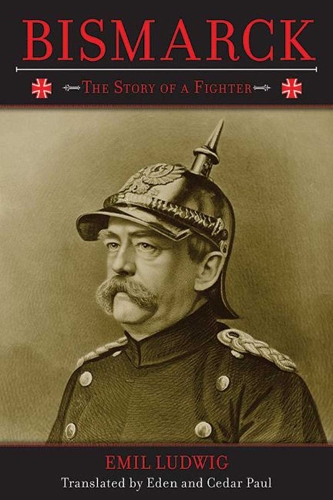
Bismarck: The Story of a Fighter
(Paperback)
Publishing Details
Bismarck: The Story of a Fighter
By (Author) Emil Ludwig
Translated by Eden Paul
Translated by Cedar Paul
Skyhorse Publishing
Skyhorse Publishing
8th February 2013
United States
Classifications
General
Non Fiction
Biography: historical, political and military
European history
B
Physical Properties
Paperback
704
Width 152mm, Height 229mm, Spine 38mm
837g
Description
Otto von Bismarck was more than a politician and a leader: he was the single driving force that turned the disparate states of Germany into one cohesive empire. He then went on to lead Germany and the rest of Europe into an age of political peace that lasted from 1871 until the outbreak of World War I. Under his influence, Germany thrived. Bismarcks use of statesmanship to fight for the interests of his country was legendary. As one of the most influential and powerful individuals in his countrys history, Bismarck became a symbol of leadership and pride for German nationalists. The historical conception of him was as the Iron Chancellor, an unbending and untouchable figure.
In his landmark biography of the man of blood and iron, Emil Ludwig rejects the pedestal that history has placed Bismarck upon, and instead seeks a historical and psychological understanding of the chancellor as he really was, and not as distorted by worship. Bismarck was not merely a hard and calculating statesman, but a man ruled by pride, courage, and hatred. To fully comprehend the actions this enigmatic and important character, we must first understand his feelings, his motivations, and his private life.
Beginning with Bismarcks childhood and delving more fully into his early life than any other work, Ludwigs landmark volume is invaluable in understanding the forces behind one of the most influential men in modern history.
Reviews
Asfine a biography as we are likely to see . . . There is a tragic breadth aboutthe portrait that impels a sympathetic response.
Weare inclined to think that it is the best because the truest of all HerrLudwig s biographical narratives.
We are inclined to think that it is the best because the truest of all Herr Ludwig's biographical narratives.
As fine a biography as we are likely to see . . . There is a tragic breadth about the portrait that impels a sympathetic response.
